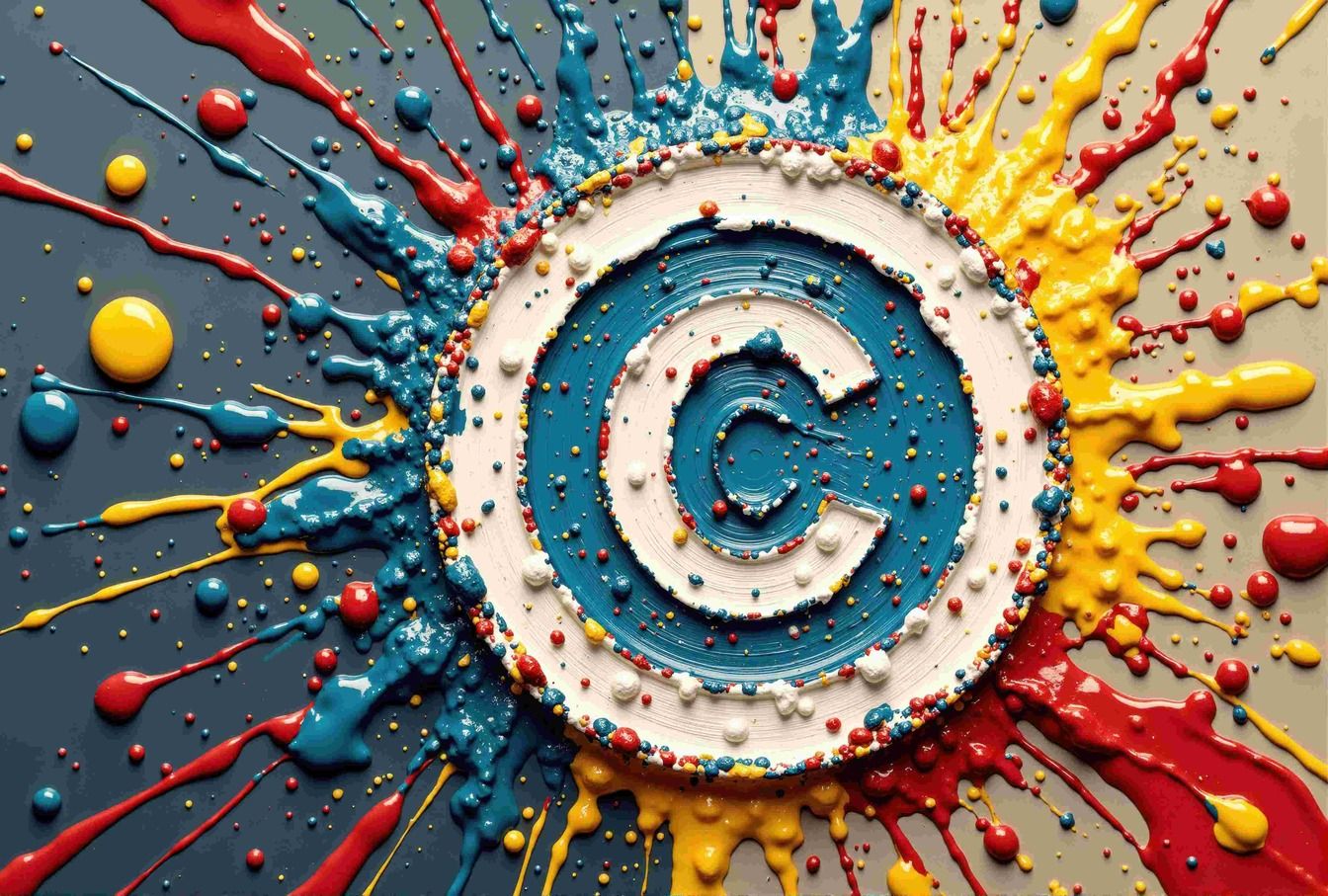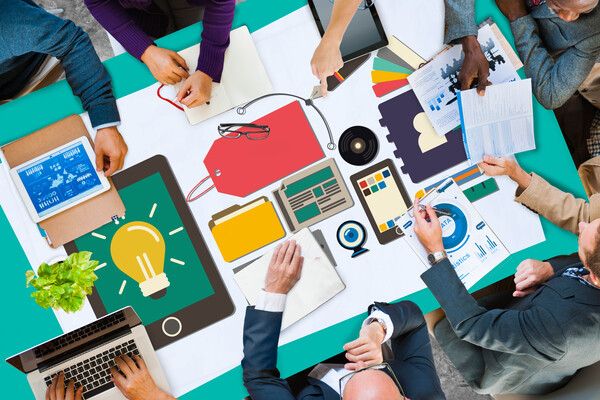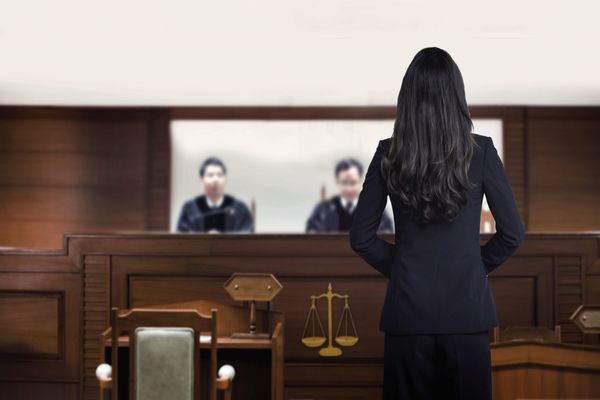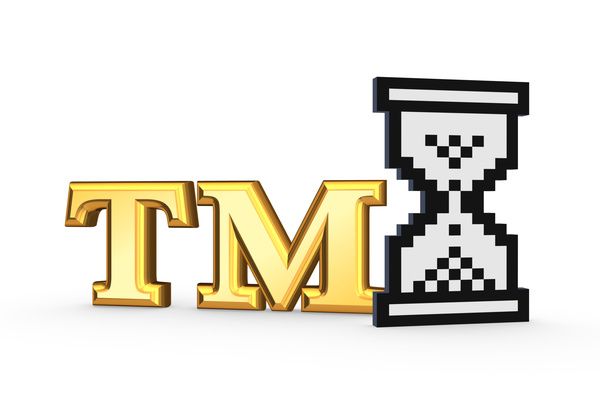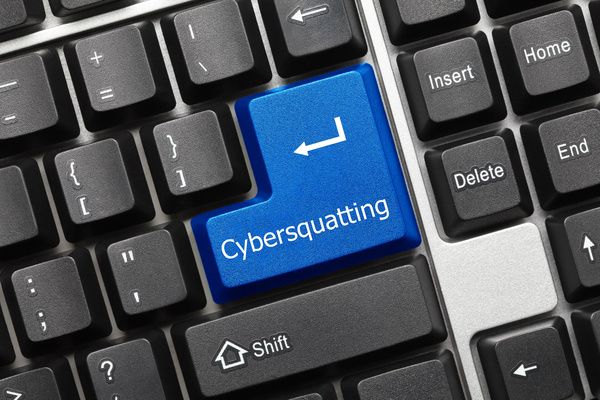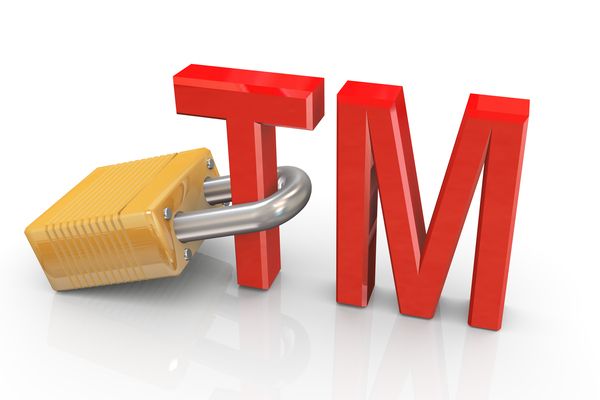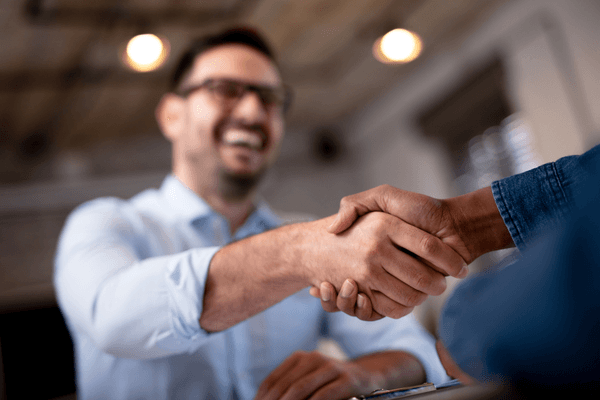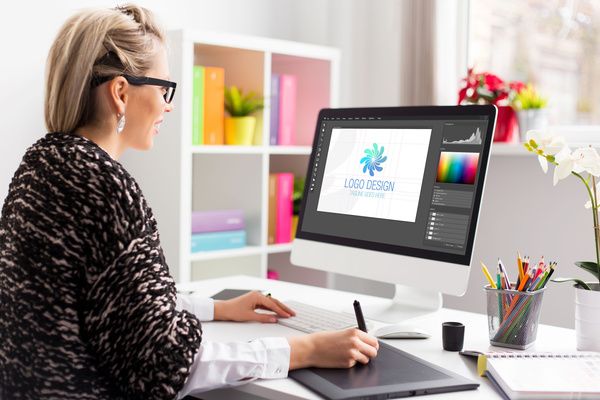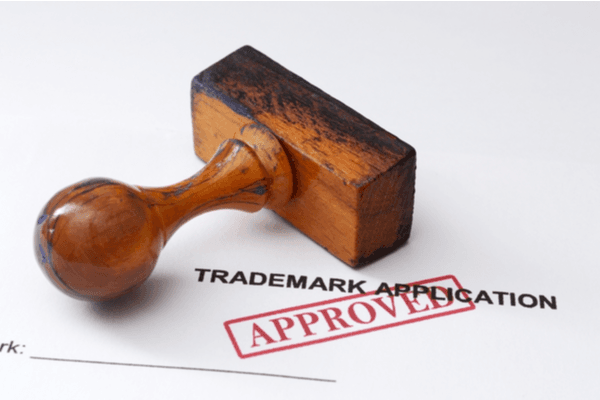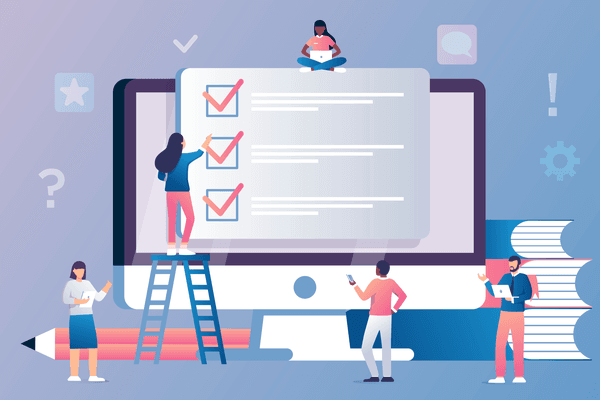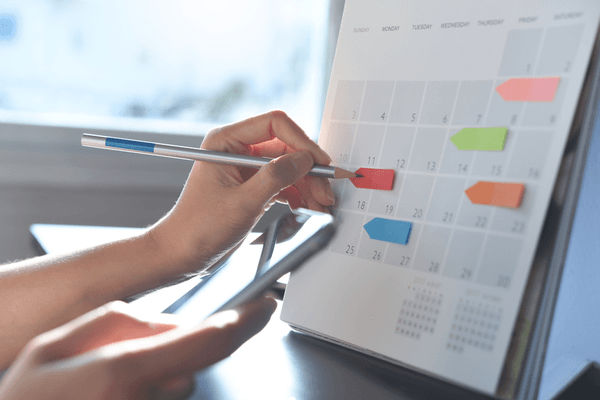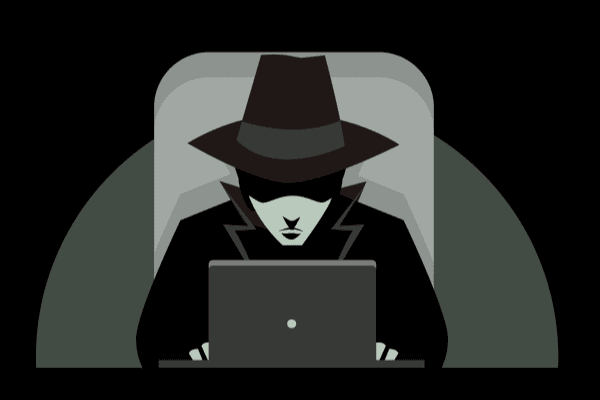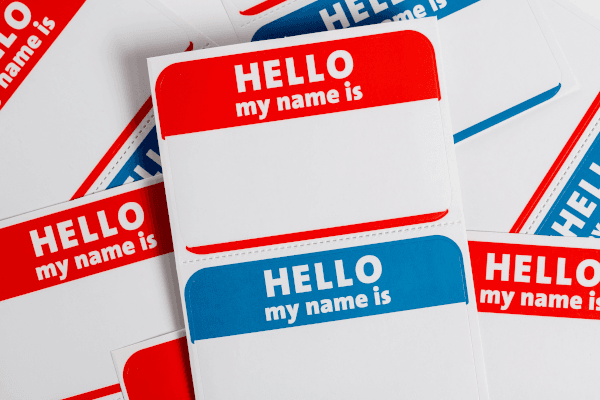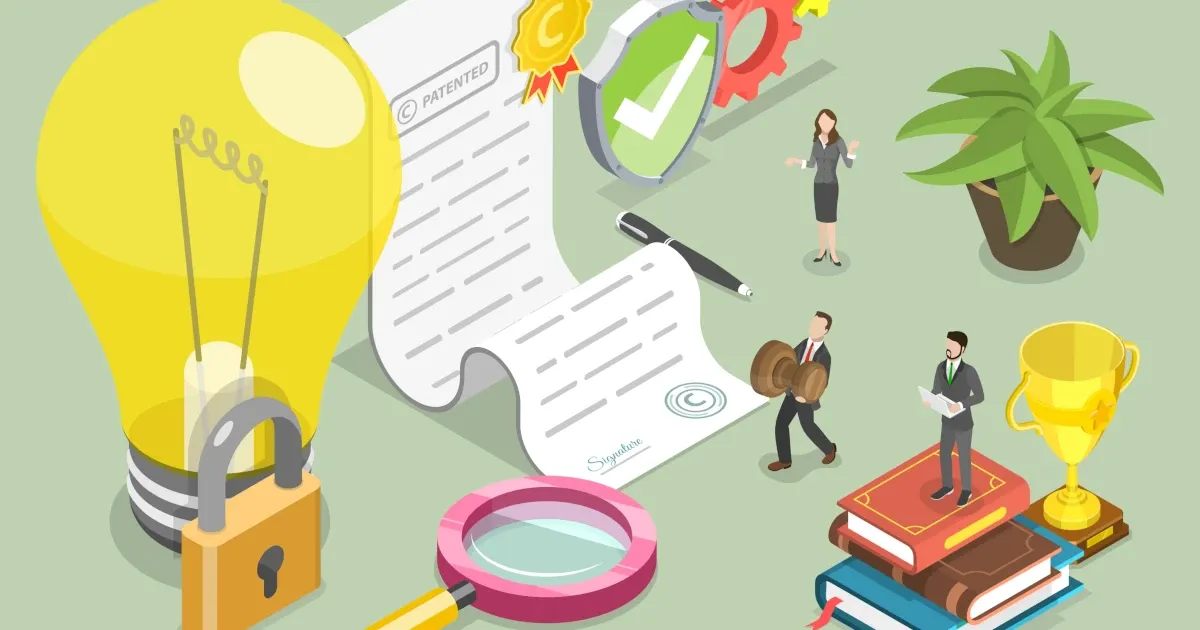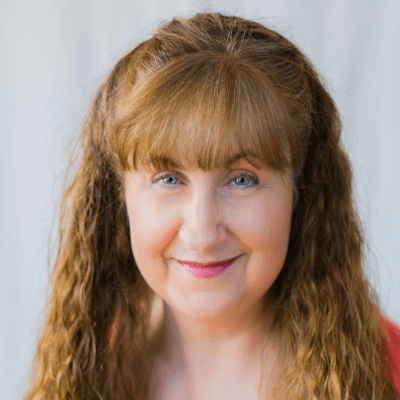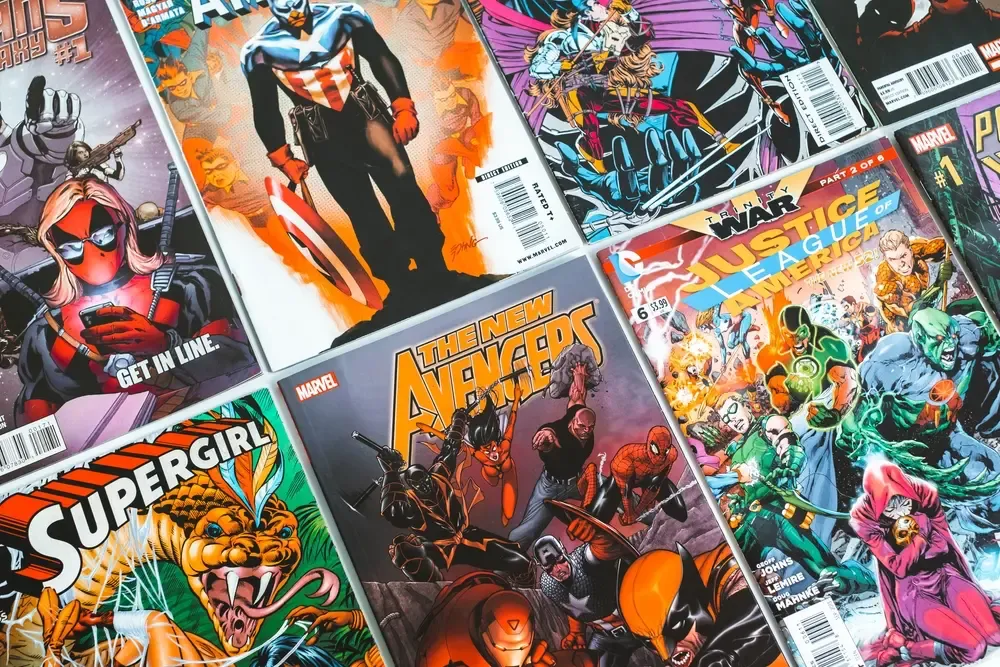The International Trademark System & Madrid Protocol Explained
The Madrid Protocol makes it easy to register your trademark in up to 110 countries. Learn why you might want an international trademark and how to get started.


We know you want peace of mind when protecting your brand. With an increasingly global economy and an international market of counterfeits and trademark infringement, you might be considering whether you should apply for an international trademark.
If you’re new to the process and want to know if a worldwide trademark is worth it and what the Madrid Protocol is all about, read on.
How To Tell If An International Trademark Is Right For You
An international trademark isn’t for everyone, but it can offer protections that filing just within the U.S. cannot. If you run a jewelry business where you make your products yourself and sell them entirely at local craft markets, you might not need an international trademark. However, many companies rely on online sales file for a global trademark so their goods or services can be purchased anywhere on the globe.
Many companies consider an international trademark when they:
Expand the business outside of the U.S.
Let’s say a business is booming in the U.S., and now it’s looking to open a base of operations in another country, or even a few different countries. Some companies register an international trademark in those countries to protect their brand. If you expand outside the U.S. but only have a trademark in your parent country, your business is vulnerable to people who want to steal your brand and profit from your work.
Rely on online sales to sell products
Many companies use online sales to promote their brand, which means they can sell their goods to anyone in the world. This allows for exponentially increased business growth and brand recognition. The sky (and your shipping arrangements) are the limit for your business if you sell your products globally.
However, as your brand increases in popularity internationally, it’s also possible that people could try to steal your hard-earned success through counterfeiting and brand infringement. In this case, a company might register a trademark internationally in the countries where it does the most business.
Conduct manufacturing abroad
It’s essential to consider your supply chain when applying for a trademark. Where are your products manufactured? Which countries supply you? Which countries supply your suppliers?
At any point in this supply chain, your trademark can be vulnerable to counterfeiting, brand theft, and illegal misrepresentation of your brand. Your manufacturer could even cut you out and sell to consumers directly using your brand and trademark. Think about your supply chain and the countries that manufacture your products when considering international trademark registration.
Have foreign-based partners
If business partners live in other countries, a company might choose to file internationally to protect the brand in those locations. You might at some point consider opening up branches in the country or countries in which your partners live. Additionally, your brand can be susceptible to trademark infringement in any location where it has a toehold.
Want to protect their brand in countries where brand theft is high
Counterfeiting is an abundant industry overseas, so some companies choose to protect trademarks and products from being illegally copied and sold by those looking to steal profits and benefit from the work. By registering their trademark internationally in countries where counterfeiting and brand theft are high, they stifle the chances that someone could profit off of their brand.
The Madrid Protocol and What It Means for You
The Madrid Protocol refers to one of two treaties for registering trademarks in over 110 countries covered in the agreement. All you have to do is file one application through the country where you legally reside or have an industrial or commercial establishment. It provides an easy and cost-effective way to register your mark in multiple countries internationally.
Trademarks in Madrid Protocol Countries
Though the Madrid Protocol allows for unilateral coverage of your trademark in over 110 countries worldwide, you still need to apply for each country and pay the requisite fees for each country. The benefit of the Madrid Protocol is that, because you’ll only be using one application, you’ll only need to pay one application fee.
Once the international trademark registration application is complete, each individual Madrid Protocol country where you applied decides whether to grant your mark protections. Your international trademark is tied to your original application, so if the USPTO cancels your trademark for any reason, your worldwide trademarks will be canceled as well.
Each country has slightly different rules, but any of them will likely reject an application if there’s already a similar mark in use in the applied-for country. You can also run into problems if any Madrid Protocol country issues your trademark an office action, which is basically a partial rejection. If you get one, it may be beneficial to hire legal counsel in that country to help you navigate your response.
The Madrid Protocol also makes it easy to unilaterally change your address, change your category of goods/services, or renew your trademark. All you need is one application with the USPTO — you don’t have to monitor separate processes in each country. The World Intellectual Property Organization’s International Bureau will coordinate all modifications and renewals across all the countries you registered in.
Trademarket Blog
Everything you need to know about starting your business.
Each and every one of our customers is assigned a personal Business Specialist. You have their direct phone number and email. Have questions? Just call your personal Business Specialist. No need to wait in a pool of phone calls.


